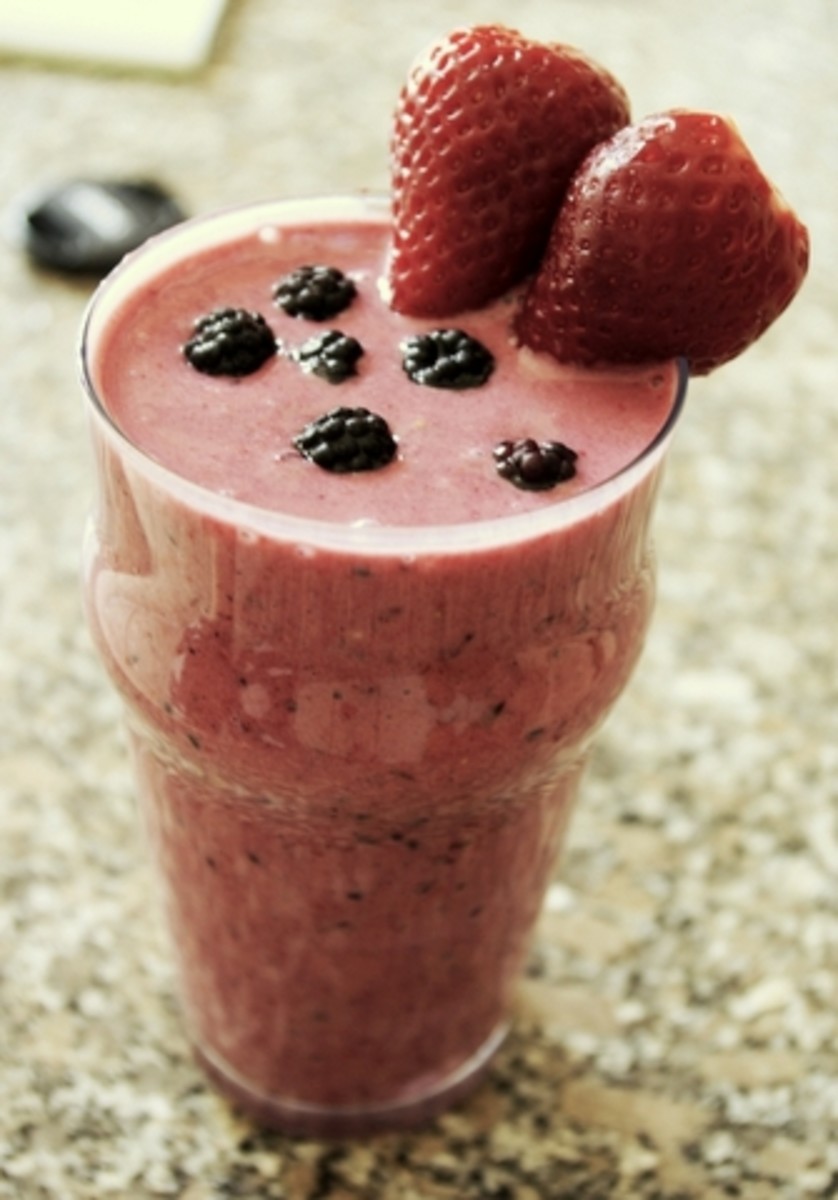Eat Tasty, Nutritious Liver: But do take care.
owners and victims of poisonous liver
Click thumbnail to view full-size



Liver needs treating with caution as a food
After shooting, carving off chunks and eating a Polar Bear for lunch, Gerrit de Veer noticed several of his men were getting very ill and throwing up. He especially noticed that the men who had consumed large amounts of what they said to be delicious liver were the most stricken (one died).
De Veer and his men were part of Dutch explorer, Barentsz' search for the North West Passage; voyages which were to cost many lives before the passage was found.
Leakey's top fossil hunter, Kimeu, fossicking around the Lake Turkana area in Africa, came upon what would be one of the most famous examples of the early man ever found. This was a female, 1.7 million years old, designated as KNM-ER 1808 (the date of the find). Despite the great age, the fossil was of Homo Erectus, our predecessor on the planet. While examining the deceased female, Leakey and his team were puzzled over the deformation of her limbs which were also covered in course growths. She had obviously been crippled by her infirmity for several weeks or even months and would have to have been cared for by other 'Erectus members, which was the first sign we had that these early homids were capable of affection and caring...and this before we think they even had a comprehensive language, much less any inkling of what had killed her.
Russian sailor, Alexander Konrad, on a trip with Valerian Albanov in the Arctic in 1912 wrote about his experiences of becoming very ill from also eating polar bear liver, despite the fact they were warned the local Inuits never consume liver from these bears.
In 1913, Arctic explorers, Doug Mawson and Xavier Mertz, lost supplies and dogs down an ice chasm and having insufficient food to return to base camp, killed and ate several of their sled dogs. Mertz, especially, consumed quite a lot of the dog’s livers. Both men became ill, Mertz had to be carried the last few kilometres, during which time he relapsed into a coma and died. Mawson recovered after a host of dangerous symptoms.
We know today, since the discovery of Vitamin A in the early part of the last century, that the Erectus woman - and the crew members of the de Veer voyage and the Russians - were suffering from Hypervitaminosis A, caused by eating the livers of a carnivore. The Dutch voyagers had prepared and eaten large amounts of Polar Bear liver; the ill-fated Homo Erectus female, possible that of a lion or some smaller predator species in the jungles.
All livers are depositaries of vitamin A, stored as liver retinoids. But many carnivores store far higher concentrations of the prepared A retinoids than do animals on lower protein diets. As few of us come across polar bears, never mind their livers, most people today who get ill from excessive A consumption do it from consuming vitamin A preparations, such as pills, etc., bought from health food stores.
The symptoms of hypervitaminosis A are nausea, head aches, stomach cramps and dizziness. If the excessive consumption has been large, really nasty and life-threatening effects, such as birth defects, osteoporosis, bone growths (like our hominid), hair loss, intracranial hypertension, coma and death can be the result. Today, we can treat this disease, if caught early, by injections of other vitamins and other procedures.
I love liver. But I think we should treat liver for what it is, the highest form of protein nutrition, but also the place where the body stores vitamin A; makes bile and, is itself, prey to a host of diseases, such as liver flukes, in all vertebrates. Many people will not touch liver, nor any organ meats, such as kidneys, hearts, brains and the rest. My opinion, for what it is worth, and after researching for this hub, is eat liver in small quantities after cooking well. Many countries eat liver raw, or partially so. It is also consumed as pate (delicious) and as liver sausage. And, or course, eat no carnivore liver at all; it is never commercially available in the UK, although chicken livers, duck and goose liver are and these fowl may consume a lot of animal protein. (I have no evidence they are harmful, but we need to use our own brains and logic in today’s world to stay harm free!)
There are, indeed, significant benefits from consuming the RIGHT AMOUNT of liver. It is almost solid protein, of course, and also contains Vitamins D,C,B6 and B12, along with thiamine, niacin, folate acid, pantotheric acid, phosphorus and selenium.
But livers can also carry alarming concentrations of dangerous heavy metals, too, such as arsenic, lead, mercury and cadmium. These are found alongside the beneficial “metals,” iron, copper and zinc. For this reason, many doctors and nutritionists advise caution with ANY liver consumption, such as not eating it too often. Some dangerous components - such a lead - stay in the blood and are not removed from the body. We already have far too high levels of lead in our blood and hardly need to increase these.
I also should mention the high purines in liver which can be bad for anyone with elevated uric acid or sufferers from gout and other arthritic illness. Liver should not perhaps be on the menu of these folks.
After a slew of deaths, preparing Puffer fish livers in Japan for consumption had to be made illegal. This has nothing to do with excess vitamin A, but to the virulent tetrodotoxin - a lethal neurotoxin - present all through this fish, but especially in the liver, (Mexicans have used poisonous fish livers for years to poison unwanted cats!).
Well, there it is. Along with the precautions needed comes the sadness as you eat calf or lamb’s liver and think of the poor little baby sheep and cows being slaughtered before they have lived and their organs torn from them. And our domestic animals and fish accumulating debilitating levels of heavy metals in their organs because of man’s irresponsible industries.
Turrible business, life, isn’t it?












